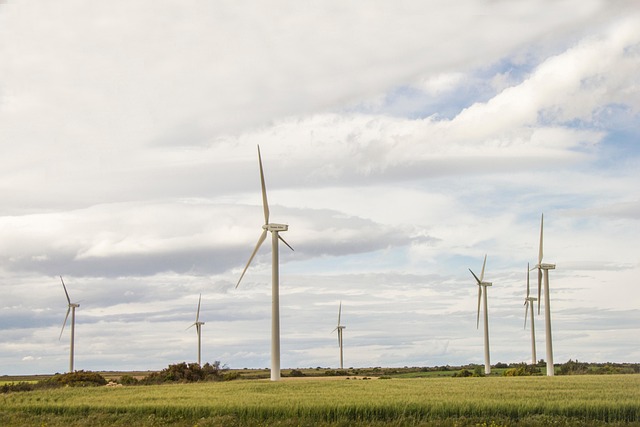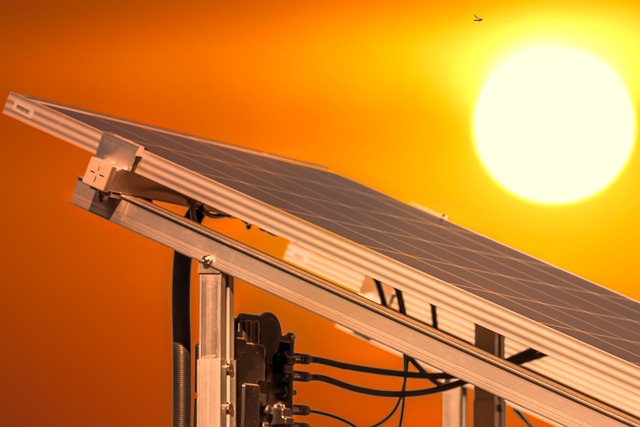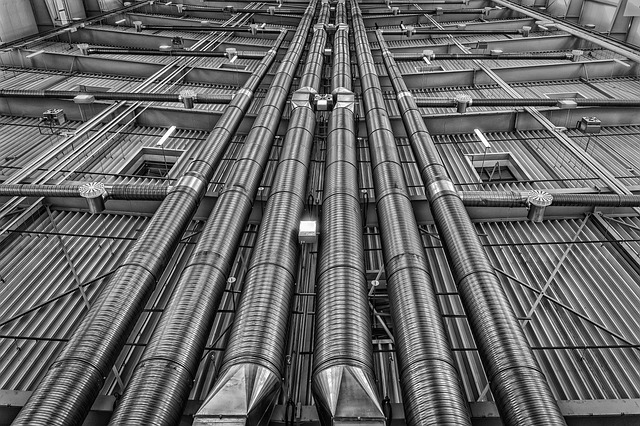LED technology has revolutionized lighting across the real estate industry. Compared to incandescent bulbs, LEDs are 80% more energy-efficient, have a lifespan of over 50,000 hours, and offer superior color accuracy. Upgrading to LED bulbs reduces utility costs, waste, and long-term expenses by up to 80%, minimizes carbon emissions, and enhances property ambiance. This eco-friendly feature can be a strong selling point, appealing to environmentally conscious buyers. Governments also provide incentives for adopting LED technology. Long-term benefits include reduced replacement costs, higher property value, and lower utility bills, making LEDs a lucrative investment for real estate professionals.
Consider swapping your outdated bulbs for LEDs—it’s a smart move for your real estate. This technology isn’t just about energy efficiency; it’s a strategic investment that pays dividends in numerous ways. From reducing energy bills and decreasing maintenance costs to boosting property value, LED bulbs offer both practical and financial advantages. By embracing this technology, you’re not just updating your space but making a sustainable choice that benefits both the environment and your bottom line.
Understanding LED Technology and its Benefits for Your Property

LED technology has revolutionized lighting across various industries, including real estate. These light-emitting diodes offer a significant upgrade from traditional incandescent bulbs for several reasons. Firstly, LEDs are incredibly energy-efficient, consuming up to 80% less electricity than conventional bulbs. This not only reduces utility costs for property owners but also contributes to environmental sustainability by lowering carbon footprints.
In terms of longevity, LED bulbs outshine their counterparts. While a standard bulb may last around 1,000 hours, LEDs can glow brightly for over 50,000 hours with proper care. This extended lifespan translates to fewer replacements, less waste, and a more cost-effective lighting solution in the long run. Additionally, LED technology provides superior color accuracy and flexibility in design, allowing property managers and designers to create attractive and customizable lighting schemes that enhance the overall ambiance of any space.
The Environmental Impact of Upgrading to LEDs in Real Estate
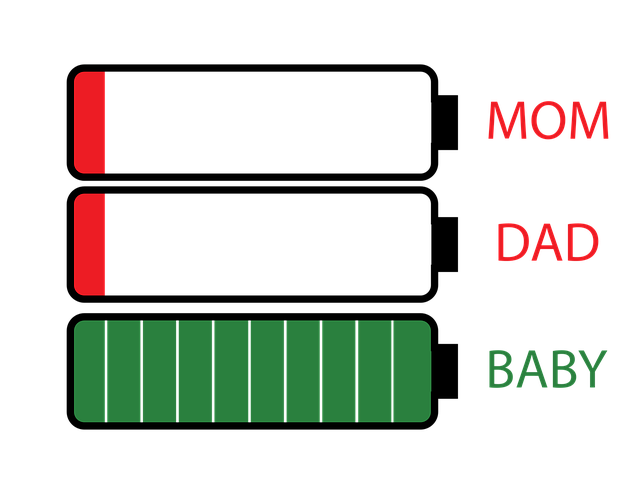
Upgrading to LED bulbs in real estate properties offers significant environmental benefits. LEDs consume up to 80% less energy than traditional incandescent bulbs, which translates to reduced carbon emissions and lower electricity costs for property owners. This switch also minimizes waste generation since LEDs last much longer, reducing the need for frequent replacements.
In the competitive real estate market, this eco-friendly upgrade can be a selling point, appealing to environmentally conscious buyers and tenants. Moreover, many governments offer incentives and rebates for adopting LED technology, further offsetting the initial installation costs. By making this change, real estate professionals contribute to a greener planet while enhancing the energy efficiency of their properties.
How LED Bulbs Can Reduce Maintenance Costs and Increase Property Value
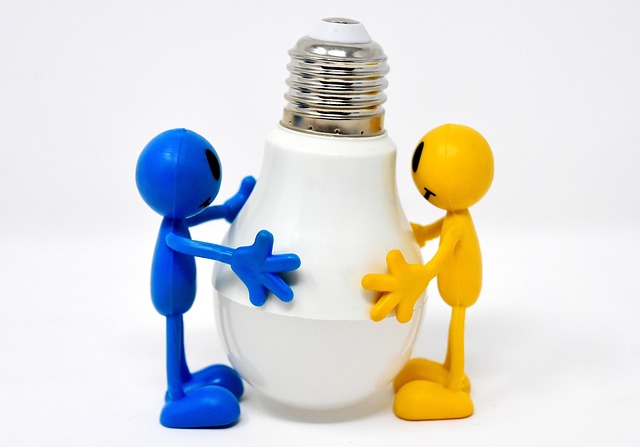
LED bulbs offer a significant advantage in terms of long-term savings for property owners, especially those in the real estate sector. One of the most notable benefits is their exceptional longevity; LED lights can last up to 25 times longer than traditional incandescent bulbs. This means fewer replacement costs over time, reducing maintenance expenses for properties.
Additionally, LED technology’s energy efficiency contributes to increased property value. These bulbs consume significantly less electricity, leading to lower utility bills for homeowners. In the competitive real estate market, energy-efficient homes are often in high demand, making them more attractive to potential buyers and potentially commanding higher prices.


